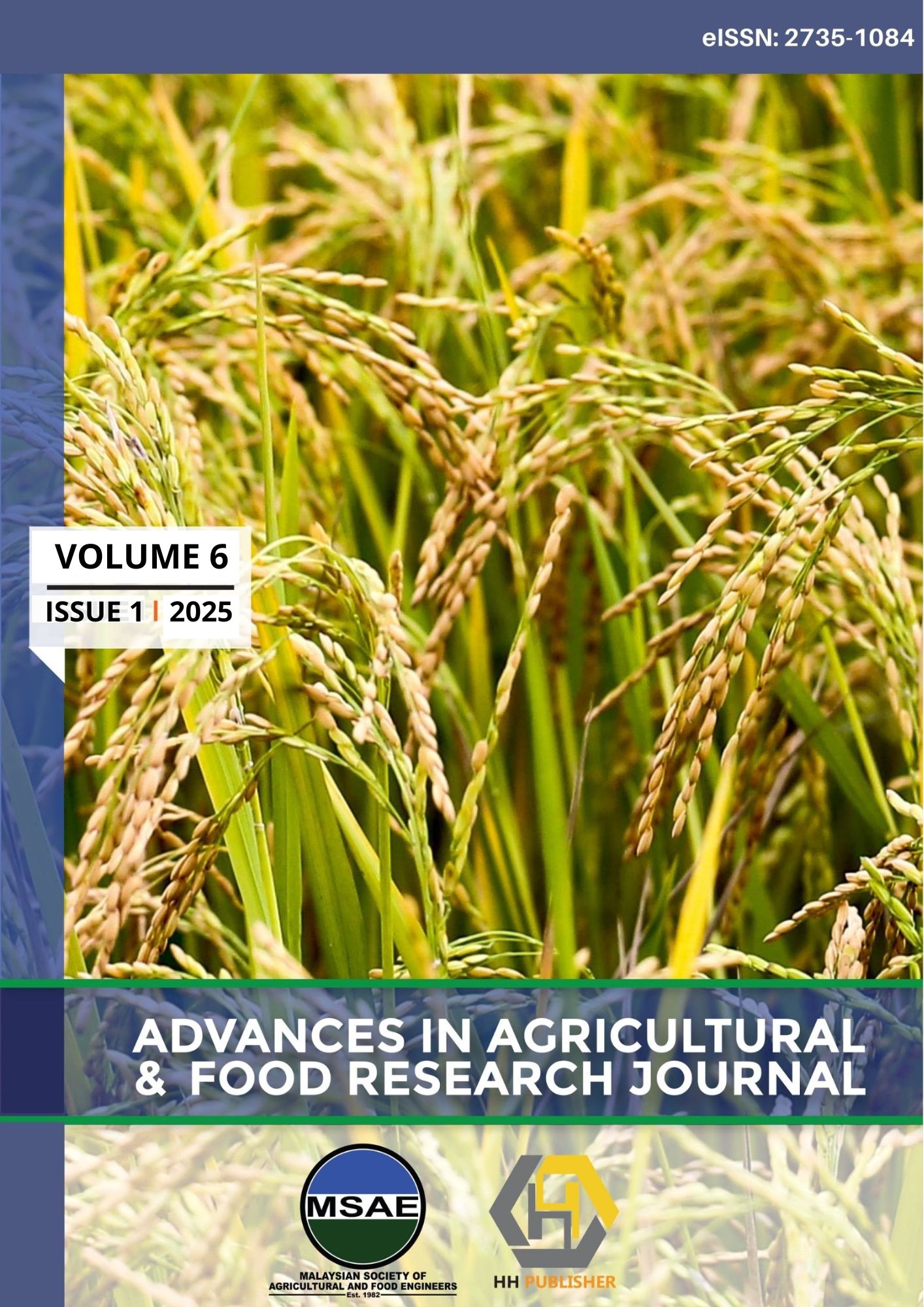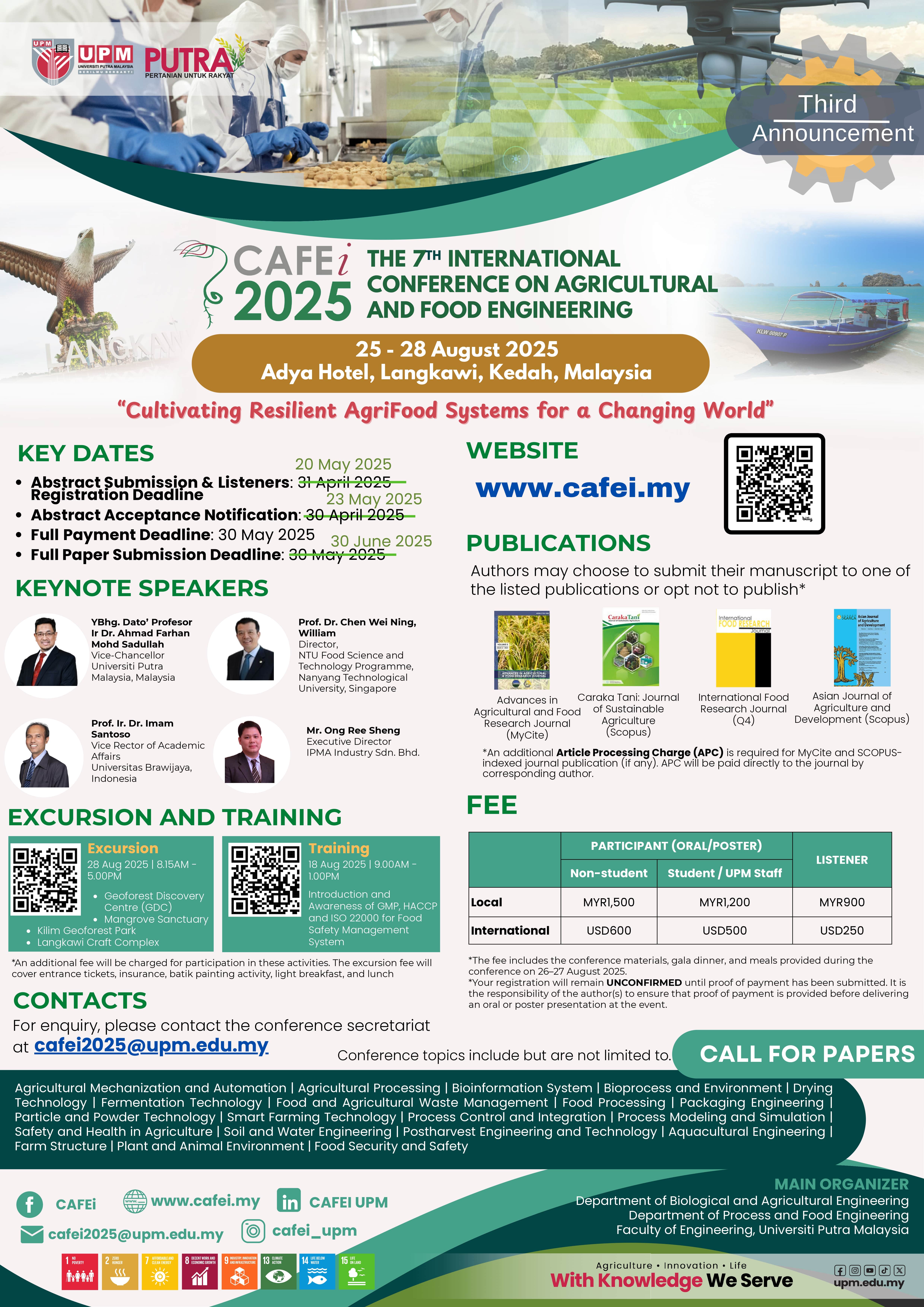IoT-based Coastal Fisheries Monitoring System
DOI:
https://doi.org/10.36877/aafrj.a0000499Abstract
Coastal fisheries activities play an important role in contributing to economic development, especially for countries that have a wide coastline. Among the coastal fisheries activities that are commonly practiced by the locals is the farming of fish, shrimp, and various other marine life in cages. However, this activity is exposed to natural risks such as marine heat wave, high pH and red tide. In addition, water pollution caused by daily human activities such as tourism and industry also affect coastal fisheries activities. To ensure sustainable and quality seafood, innovation in the field of information technology can be utilised. This technical paper explains the development of a coastal seawater monitoring and data logging system for use by fishers. The data observed by this system are temperature, pressure, air humidity, wind speed, water pH and environmental images using several sensors controlled by NodeMCU ESP8266 and Arduino. The system is deployed on a few buoys located within a range of 10 to 50 meters from the cage breeding area in the coastal region. Its purpose is to identify the occurrence of maritime hazards, such as heat waves and red tides, at an earlier stage. The control system on the buoy that uses battery and solar energy sends the data observed by the sensor using the 4G telecommunication network signal to be stored in cloud storage. Farmers can access water quality information around their cage breeding areas in real-time by using mobile phones and personal computers that are installed with an interface application developed using the Arduino IDE software and Blynk platform. This technology that uses IoT can help coastal farmers to take early action that can reduce the risk of losses due to some natural phenomenon.
Downloads
Published
How to Cite
Issue
Section
License
Copyright (c) 2025 Jaafar Adnan, Mohd Taufiq Ishak, Fakroul Ridzuan Hashim, Mohd Rashdan Saad, Mohd Rosdzimin Abdul Rahman

This work is licensed under a Creative Commons Attribution-NonCommercial 4.0 International License.
Author(s) shall retain the copyright of their work and grant the Journal/Publisher right for the first publication with the work simultaneously licensed under:
Creative Commons Attribution-NonCommercial 4.0 International (CC BY-NC 4.0). This license allows for the copying, distribution and transmission of the work, provided the correct attribution of the original creator is stated. Adaptation and remixing are also permitted.

This broad license intends to facilitate free access to, as well as the unrestricted reuse of, original works of all types for non-commercial purposes.
The author(s) permits HH Publisher to publish this article that has not been submitted elsewhere.

.png)

.jpg)




